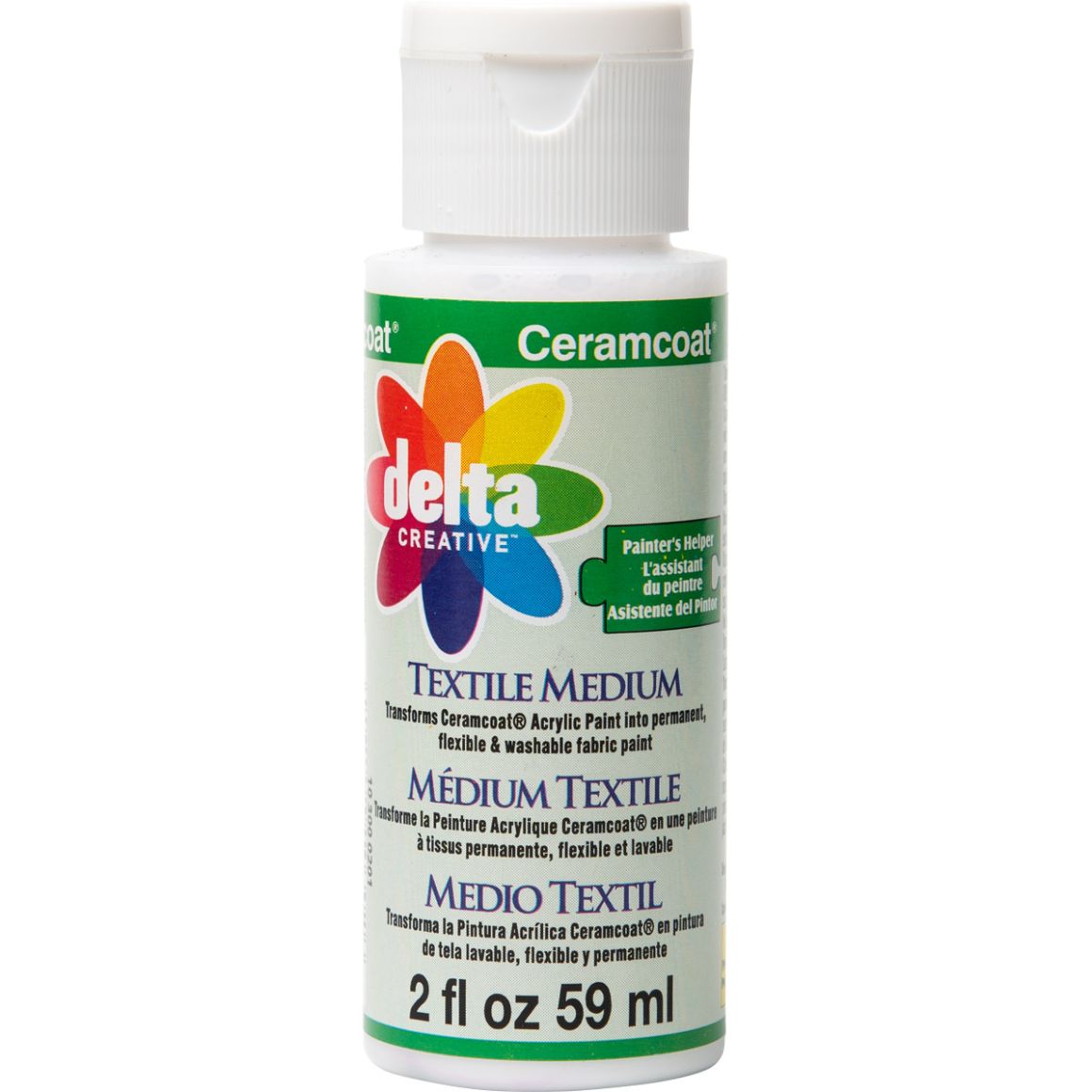Delta Ceramcoat ® Mediums - Textile, 2 oz. - 103000201W
Delta Ceramcoat
$4.99
Detail
For over 40 years, Delta has inspired decorative painters, home décor enthusiasts, and creative crafters with high-quality products. Delta Ceramcoat Acrylic Paint offers a wide array of colors that will give your projects a fresh, modern look with excellent coverage. The Delta Ceramcoat Textile Medium is the perfect way to make your favorite Delta colors into a fabric paint. This unique medium is the easiest way to hand paint your fabric arts and crafts with durable colors. When mixed with Delta Ceramcoat Acrylic Paint, this versatile combination is permanent and machine-washable. Apply this water-based, non-toxic mix to fabric for a quality finished product that won’t crack. All your painted fabrics will look vivid and rich wash after wash. Make Delta Ceramcoat Textile Medium a must-have for all your fabric painting art supplies.
- VERSATILE SIZE - This unique textile medium comes in an 2 oz bottle and is for use with Delta Ceramcoat Acrylic Paint to create a durable fabric paint
- DURABLE PAINTED FABRICS - When mixed with Delta Ceramcoat Acrylic Paint, this versatile combination is permanent and machine-washable
- EASY TO APPLY - Create beautiful fabric painted arts and crafts by simply mixing your favorite Delta colors with this versatile textile medium
- EASY TO CLEAN - Your painted fabrics are machine-washable on gentle cycle with mild soap for vivid soft colors wash after wash
- FORMULA - With this water-based, non-toxic textile formula your painted fabrics will have a quality finish that won’t crack
- TRUSTED BRAND - Delta Ceramcoat Acrylic Paint has inspired decorative painters, home décor enthusiasts, and creative crafters with high-quality products for over 40 years. Expand your art supplies with this unique brand!


